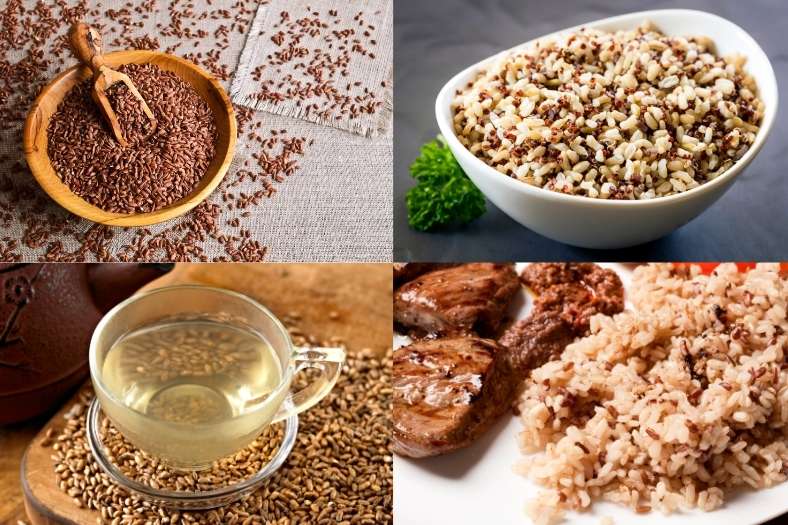Brown rice has a glycemic index (GI) of 68, which puts it in the medium GI food group. White rice has a higher GI of 73.
This shows that the process of releasing sugar from brown rice into the blood after digestion will be slower and more stable, helping to control blood sugar effectively.

With its rich fiber content, brown rice is not only good for the digestive system but also helps create a feeling of fullness for a long time, helping diabetics maintain their ideal weight and prevent complications. In addition, thanks to its ability to promote weight loss, brown rice also helps control blood sugar levels effectively.
Brown rice contains many nutrients that are good for your health. To not affect blood sugar levels, you can process brown rice into simple, easy-to-eat dishes below:
Brown rice can be used instead of white rice in daily meals. Wash the rice thoroughly, put it in a pot, add water accordingly. Depending on each person's taste, you can add a little salt or olive oil.
Soak rice for about 8 hours before cooking to help it cook faster. Do not wash rice too thoroughly to avoid losing nutrients in the outer bran layer.
Brown rice has a low glycemic index, however, people with diabetes should supplement brown rice in moderation to protect their health.
In addition, brown rice can be used to make daily drinking water. Take about 300g of brown rice and roast it until fragrant. After roasting the brown rice, soak it in clean water for 8 hours. Then scoop out the soaked brown rice and put it in 2 liters of water to boil. When the water boils, reduce the heat until the amount of water is about 1 liter, then turn off the stove.
The blood sugar control effect of roasted brown rice water is better if you drink it between meals during the day. However, you should use natural brown rice water, do not add sugar.











